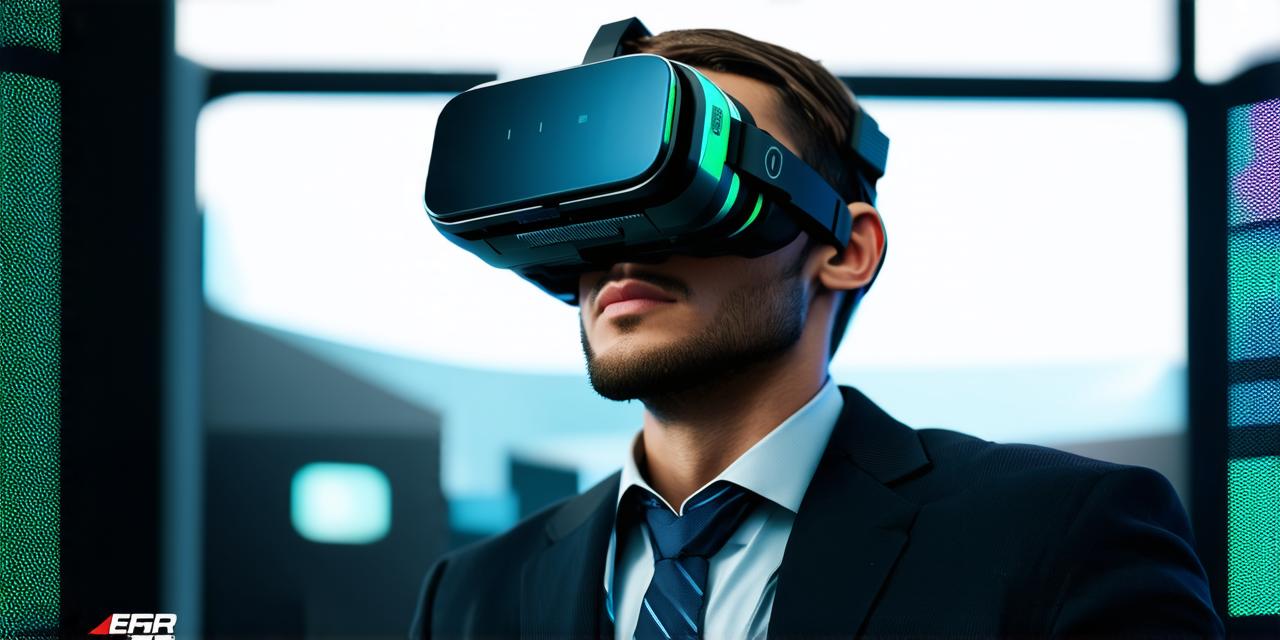Enhancing Customer Experience
One of the most significant benefits of virtual reality is its ability to enhance customer experience. With VR, customers can virtually try on clothes, visualize furniture in their homes, or even test drive cars before making a purchase. This level of engagement and immersion can lead to increased customer satisfaction and loyalty.
For example, IKEA has implemented VR technology in some of its stores, allowing customers to see how furniture would look in their home before buying it. This has led to an increase in sales and customer satisfaction.
Improving Business Operations
Virtual reality can also improve business operations by providing a more efficient and cost-effective way to train employees, conduct meetings, and visualize complex projects.
For example, virtual reality can be used to simulate real-life scenarios, allowing employees to practice and improve their skills in a safe and controlled environment. This can lead to increased productivity and reduced training costs.
Additionally, virtual reality can be used to conduct meetings with clients or partners who are located in different parts of the world, saving time and money on travel expenses.
For example, architects can use VR to visualize and walk through a building’s design, allowing them to make adjustments and improvements before construction begins.
Cost Savings
Virtual reality can also lead to cost savings for businesses by reducing the need for physical prototypes or models.
With VR, businesses can create virtual prototypes that can be easily customized and tested without the need for expensive materials or equipment. This can lead to significant cost savings and a faster time-to-market for new products or services.
For example, Toyota has implemented VR technology in its manufacturing process, allowing engineers to test and improve designs before building physical prototypes. This has led to increased efficiency and reduced costs in the production process.
Increased Creativity
Virtual reality can also increase creativity by providing a unique and immersive environment for brainstorming and ideation.
With VR, businesses can create virtual worlds that are tailored to their specific needs and goals, allowing employees to explore new ideas and possibilities in a safe and controlled environment. This can lead to increased innovation and a more agile business approach.
For example, Nestle has implemented VR technology in its product development process, allowing designers to test and improve food products before they hit the market. This has led to an increase in consumer satisfaction and a faster time-to-market for new products.
Real-Life Examples
Many businesses have already implemented virtual reality technology to enhance their operations and improve customer experience.
For example, the luxury fashion brand Louis Vuitton has created a virtual store that allows customers to try on clothes and accessories virtually. This has led to an increase in sales and customer engagement.
Additionally, the automotive company Ford has implemented VR technology in its manufacturing process, allowing engineers to test and improve designs before building physical prototypes. This has led to increased efficiency and reduced costs in the production process.
FAQs
What is virtual reality?
Virtual reality is a technology that provides a fully immersive experience that allows users to interact with virtual environments as if they were real.
Summary
Virtual reality technology is revolutionizing how businesses operate and interact with their customers. By providing an engaging and unique way to communicate with customers and streamline business operations, virtual reality can lead to increased customer satisfaction, efficiency, creativity, and cost savings. As the technology continues to evolve, we can expect to see even more innovative uses for virtual reality in the future.
